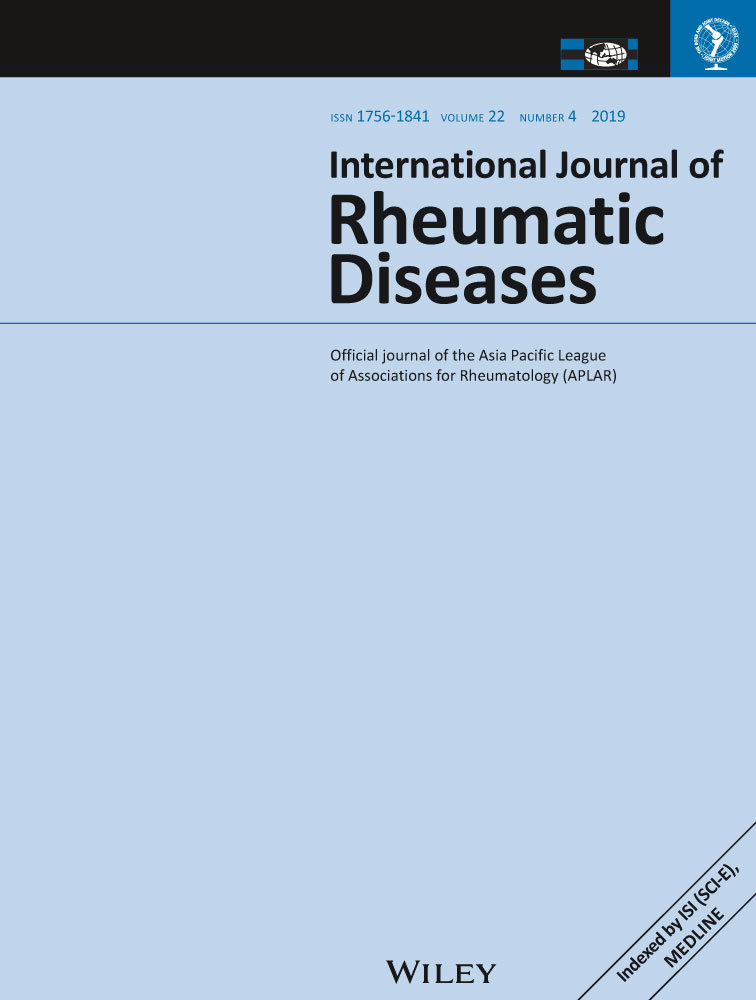Disease activity and functional status associated with health-related quality of life and patient-acceptable symptom state in patients with psoriatic arthritis in Thailand: A cross-sectional study
Funding information
PC has received a research grant from Siriraj Research Fund, Faculty of Medicine Siriraj Hospital, Mahidol University.
Abstract
Aim
To identify factors associated with the EuroQol-5 Dimensions-5 levels (EQ-5D-5L) and patient acceptable symptom state (PASS) and to estimate health utility (HU) in Thai patients with psoriatic arthritis (PsA).
Methods
A cross-sectional study of consecutive PsA patients visiting Siriraj Hospital was performed between 31 May, 2012 and 31 March, 2016. Data of patient demographics, HU outcomes (Thai EQ-5D-5L), disease activity (Disease Activity Index for Psoriatic Arthritis [DAPSA], the Clinical DAPSA [cDAPSA], the minimal disease activity [MDA]), and the Health Assessment Questionnaire (HAQ) were collected. Regression analyses were used to explore factors associated with each EQ-5D domain, HU, and PASS.
Results
Of 129 PsA patients, the mean age was 47.6 years; 53.5% were male. The mean HU was 0.76. Univariable analysis showed lower disease activity and less impaired function were significantly associated with higher HU and no to mild problem in each EQ-5D domain. Multivariable analysis showed HAQ and disease activity indices (cDAPSA, DAPSA, MDA) adjusting for age, had good goodness-of-fit to HU (adjusted R2: 0.63-0.65). Patients answering “yes” to PASS had significantly longer disease duration of PsA, higher HU, lower disease activity, less disability, and were more often married than those answering “no” to PASS. Pain problem was the most important association to PASS adjusting for other domains and age.
Conclusions
Disease activity and functional status in PsA patients were significant factors related to HU and PASS. To improve quality of life, the goal of treatment should be achieving remission, improving function, and controlling pain.
CONFLICTS OF INTEREST
VS, PT, and WK have no conflicts of interest.




